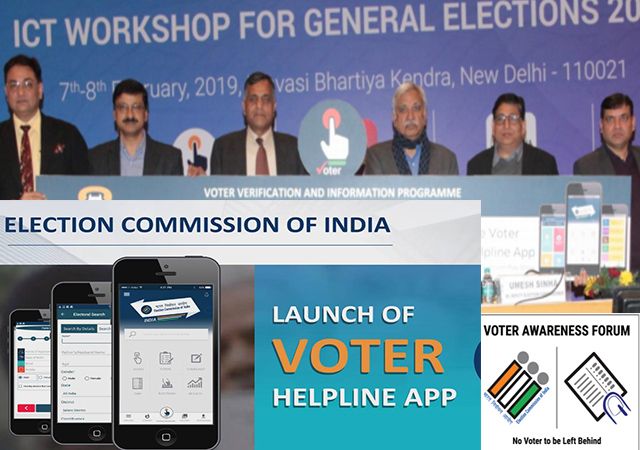
[This is an extract from an article published by The Round Table: The Commonwealth Journal of International Affairs in January 2019.]
The results of some state elections in India have changed the political landscape, indicating that Prime Minister Narendra Modi of the Bharatiya Janata Party (BJP) can no longer take for granted his continuance in office for another term.
The ruling BJP lost power in three states of the Hindi heartland to the Congress, the main opposition party led by Rahul Gandhi. In two other states regional parties won, and the BJP’s performance was poor. This happened despite hectic campaigning by the prime minister and by a monk-chief minister who with a polarising rhetoric sought to galvanise Hindu voters.
Prime Minister Modi had led his party to a record win in the general elections in 2014, dislodging the Congress from power. He used the twin tactics of influencing one set of voters by religious polarisation and the other by the promise of an economic nirvana.
The BJP’s core constituency is determined to establish the primacy of Hindu religion and culture. Modi promised more incentives and concessions to big business and a larger share of the economic cake to the middle classes.
After more than four years of BJP rule, popular disenchantment with Modi started setting in mainly because most of his tall election-eve promises remained unfulfilled. Rural distress caused by indebtedness drove many farmers to commit suicide. Traders and factory owners were hit by economic disruption caused by a draconian demonetisation decision of 2016 and a badly implemented goods and services tax measure.
Another section of voters, including devout Hindus, is disgusted by the increasing social disharmony, sectarian violence and the deafening din of the Hindu–Muslim debate.
Modi’s core constituency is still devoted to him and is sure that he will fulfil its dream of building a Ram temple on the site of a demolished mosque. Big business leaders consider him to be the best bet for their wealth creation. Their media channels, functioning as the prime minister’s public relations agencies, are unlikely to speak truth to power unless the owners see Modi’s star sinking.
The state election results have paved the way for keener contests in the parliamentary elections scheduled for May. But the setback to the ruling BJP is not severe enough to make it lose all hope. The BJP has the backing of the Rashtriya Swayamsevak Sangh cadres whose numbers have doubled since Modi became the prime minister.
The BJP has a tried-and-tested formula for winning elections by playing the Hindutva (its form of less inclusive and aggressive Hinduism) card and promising faster economic development. The BJP has proven expertise in the use of social media and gets help from tech-savvy Hindus living in America, the digital warriors set to woo Indian voters with millions of messages.
Prime Minister Modi has been maligning the Congress opposition in his speeches. Quite early on, fearing the emergence of Rahul Gandhi as his main rival, he concentrated his firepower on him. Many voters now find that it was unwarranted and unfair to the Congress leader.
The recent state election victories can be, to an extent, attributed to the energetic campaign by Gandhi. These results revived the fortunes of the party, which had been decimated in the last parliamentary elections. The Congress has returned as a serious challenger.
The era of one-party dominance seems to have ended; and in the area of coalition politics, the state election results caused minor tremors. Some opposition parties are now more willing to engage with Rahul Gandhi. A couple of major ones are keeping their options open by not supporting a move to make Rahul Gandhi lead a united opposition.
L. K. Sharma is a freelance journalist in New Delhi.



